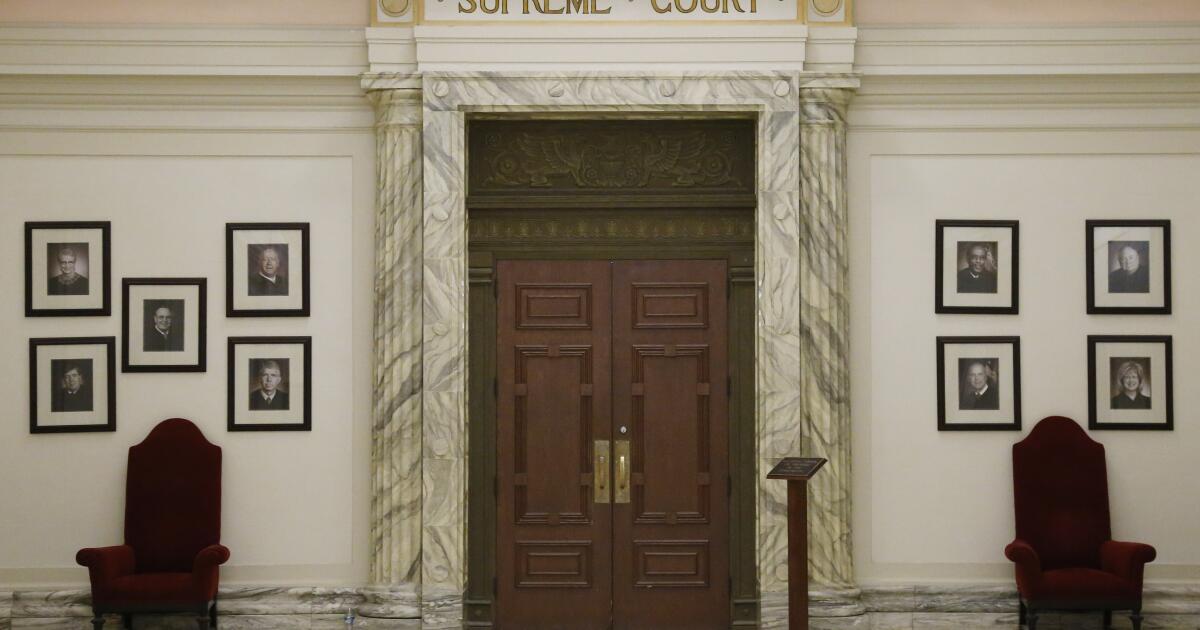Oklahoma Supreme Court dismisses suit from last Tulsa Race Massacre survivors seeking reparations
The suit was an attempt to force Tulsa to make recompense for the destruction by a white mob of the once-thriving Black district known as Greenwood. The Oklahoma Supreme Court dismissed a lawsuit by the last two survivors of the 1921 Tulsa Race Massacre, which resulted in one of the worst single acts of violence against Black people in U.S. history. The court stated that the grievances were legitimate but did not fall within the scope of the state's public nuisance statute. The lawsuit was brought under Oklahoma’s public nuisance law, arguing that the actions of the white mob continue to affect the city today. The survivors, Lessie Benningfield Randle and Viola Fletcher, who are now over 100 years old, had sued in 2020 with the hope of seeing justice in their lifetime. They also sought a detailed accounting of the property and wealth lost or stolen in the massacre.

Diterbitkan : satu tahun yang lalu oleh SEAN MURPHY di dalam Politics
The Oklahoma Supreme Court is pictured in the state Capitol building in Oklahoma City in 2014.
The Oklahoma Supreme Court on Wednesday dismissed a lawsuit of the last two survivors of the 1921 Tulsa Race Massacre, dampening the hope of advocates for racial justice that the government would make amends for one of the worst single acts of violence against Black people in U.S. history.
The nine-member court upheld the decision made by a district court judge in Tulsa last year, ruling that the plaintiff’s grievances, although legitimate, did not fall within the scope of the state’s public nuisance statute.
“We further hold that the plaintiff’s allegations do not sufficiently support a claim for unjust enrichment,” the court wrote in its decision.
Messages left Wednesday with a spokesperson for the city of Tulsa and the survivors’ attorney, Damario Solomon-Simmons, were not immediately returned.
The suit was an attempt to force the city of Tulsa and others to make recompense for the destruction by a white mob of the once-thriving Black district known as Greenwood. In 1921 — on May 31 and June 1 — the white mob, including some people hastily deputized by authorities, looted and burned the district, which was referred to as Black Wall Street.
As many as 300 Black Tulsans were killed, and thousands of survivors were forced for a time into internment camps overseen by the National Guard. Burned bricks and a fragment of a church basement are about all that survive today of the more than 30-block historically Black district.
The two survivors of the attack, Lessie Benningfield Randle and Viola Fletcher, who are both now over 100 years old, sued in 2020 with the hope of seeing what their attorney called “justice in their lifetime.” A third plaintiff, Hughes Van Ellis, died last year at age 102.
The lawsuit was brought under Oklahoma’s public nuisance law, arguing that the actions of the white mob continue to affect the city today. It contended that Tulsa’s long history of racial division and tension stemmed from the massacre.
The city and insurance companies never compensated victims for their losses, and the massacre ultimately resulted in racial and economic disparities that still exist today, the lawsuit argued. It sought a detailed accounting of the property and wealth lost or stolen in the massacre, the construction of a hospital in north Tulsa and the creation of a victims compensation fund, among other things.
Murphy writes for the Associated Press.
Topik: Supreme Court
